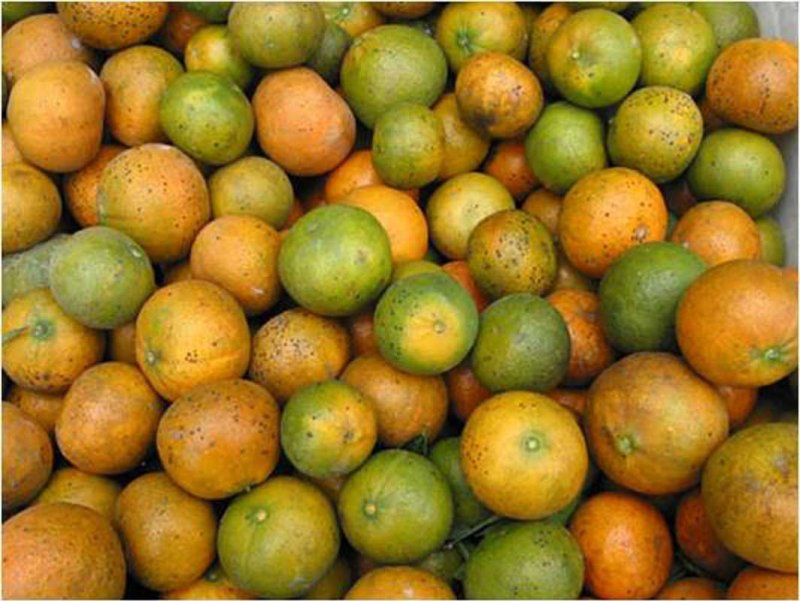[Editor’s note: Kevin Folta is a molecular biologist and chair of the horticultural sciences department at the University of Florida.]
When I started my job as a professor at the University of Florida in 2002, one of the simple joys was taking a drive through the state. It seemed like everywhere I drove south of Interstate 4 there was a glorious aqua-blue sky that was the backdrop for dark-green foliage of Florida’s citrus industry.
…
At the same time, I witnessed the creep of an insidious disaster. The citrus disease called Huanglongbing, literally Yellow Dragon Disease had developed a toe-hold in the south of Florida in 2005. The disease has been documented throughout the world, but it was new to Florida’s groves.
…
Currently, there are no cures. The most likely solution will come from a multi-faceted solution involving genetics and management. The most important part is likely improved tree genetics. Citrus trees are made of two parts, a scion- the top part, grafted to a rootstock. It may be possible to find rootstocks or scions that can kill the bacterium, or even survive with an active infection. Other approaches involve management of the psyllid, changes in fertilization and pruning, or even growing trees in large screen houses.
The GLP aggregated and excerpted this blog/article to reflect the diversity of news, opinion, and analysis. Read full, original post: Fighting The Yellow Dragon – The War To Save Florida Citrus































